Navigate
Article List
- Gold Kilobar Premiums in Asia Trend Upwards
By Koh Guan Ho & Lee Liang Le, Analysts, Kallanish Index Services
- The Dragon & The Merlion: Collaborative Tale of Gold Guardianship
By Nuttapong (Golf) Hirunyasiri, CEO, MTS Gold Group
- My Journey With SBMA and the Singapore Bullion Market
By Martin Huxley, Former Chairman & Current Honorary Advisor, SBMA
- APEX: Leading Derivatives Innovation
By Asia Pacific Exchange
- Navigating the Future: BRINKS Indonesia's Journey of Innovation and Growth
By BRINKS Indonesia
- Gold: a Safe Haven for Private Wealth Investors in Singapore
By Nicolas Mathier, CEO, Global Precious Metals Pte Ltd
- Central Banks Reignite Gold’s Bull Run
By Bart Melek, Managing Director & Global Head of Commodity Strategy, TD Securities
- SBMA News
By SBMA
Article List
- Gold Kilobar Premiums in Asia Trend Upwards
By Koh Guan Ho & Lee Liang Le, Analysts, Kallanish Index Services
- The Dragon & The Merlion: Collaborative Tale of Gold Guardianship
By Nuttapong (Golf) Hirunyasiri, CEO, MTS Gold Group
- My Journey With SBMA and the Singapore Bullion Market
By Martin Huxley, Former Chairman & Current Honorary Advisor, SBMA
- APEX: Leading Derivatives Innovation
By Asia Pacific Exchange
- Navigating the Future: BRINKS Indonesia's Journey of Innovation and Growth
By BRINKS Indonesia
- Gold: a Safe Haven for Private Wealth Investors in Singapore
By Nicolas Mathier, CEO, Global Precious Metals Pte Ltd
- Central Banks Reignite Gold’s Bull Run
By Bart Melek, Managing Director & Global Head of Commodity Strategy, TD Securities
- SBMA News
By SBMA
Charting the Glittering Success: Albert Cheng and KL Yap Reflect on SBMA’s Three Decades in Singapore
By SBMA
Albert Cheng: The SBMA was formed in December 1993 by 16 corporate members from the precious metals industry. Fearing that the GST scheme to be introduced on April 1, 1994, would immediately undermine the physical bullion business and the country’s role as a hub for bullion in ASEAN, JP Morgan’s head of bullion, Mr Tim Gardiner, and World Gold Council regional CEO Mr Kerr Cruikshank believed it was necessary for a single voice to represent the bullion market.
I then joined SBMA at its inception as its honorary secretary while simultaneously engaging in market development work at the World Gold Council as its regional manager, shifting track from a regional sales and marketing job in the previous eight years from the Royal Canadian Mint based in Hong Kong. The SBMA was successful in persuading the Singapore government to lift GST for re-exported gold bars.
Albert: To capitalise on the growing global demand and leverage Singapore’s strengths, the government’s trade promotion agency began consulting the bullion industry in 2010 to establish the country as a hub for bullion activities in Asia. The initiative aimed to enhance Singapore’s capabilities in bullion refining, trading, clearing, storage, and logistics to serve nearby countries, including two key demand centres: China and India, as well as the rest of ASEAN. In February 2012, Singapore announced the exemption of investment-grade bullion and precious metals (IPM) from GST. This move aimed to position the country as a gold hub. The market responded positively, and the bill took effect on 1 October 2012. I’m sure this was one of the key decisions that led to your firm setting up shop here.
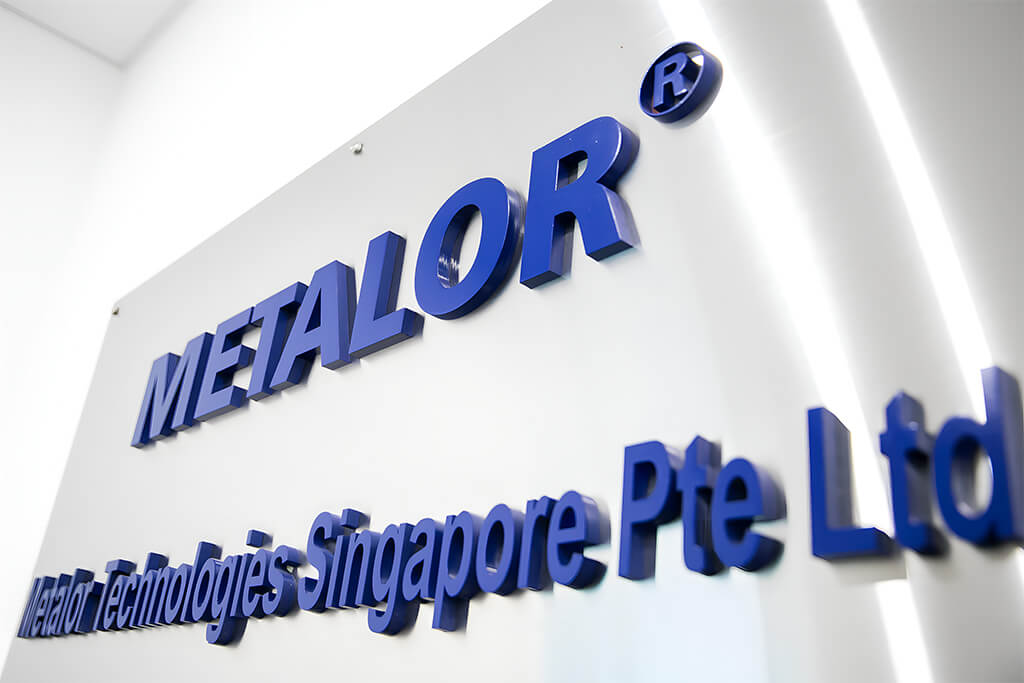
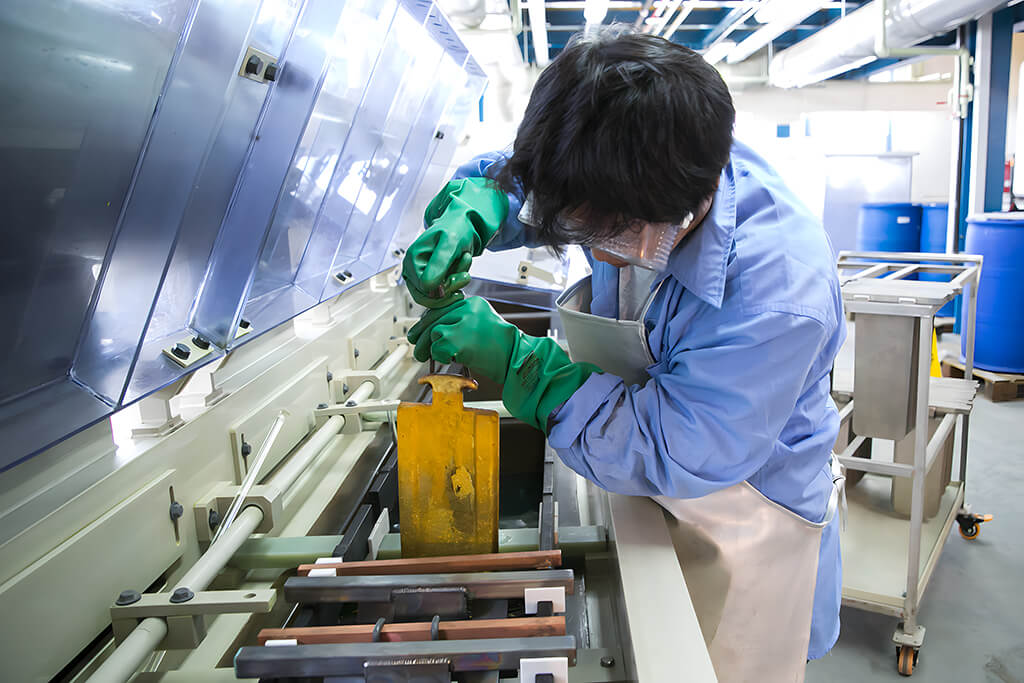
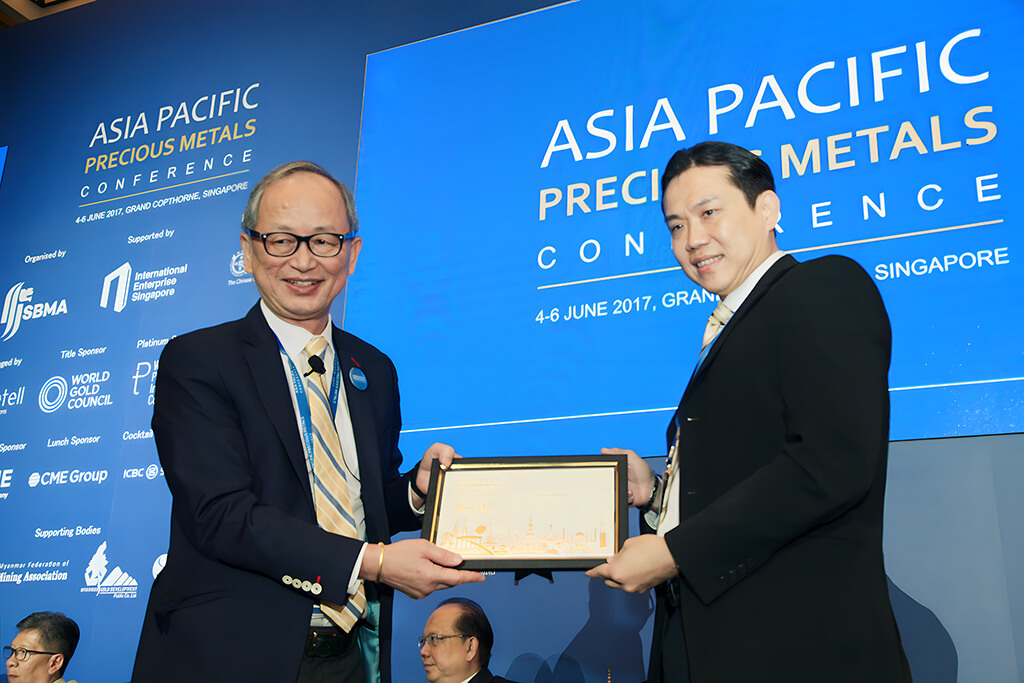
KL: Speaking of increased engagement, our membership has also been growing steadily. Our membership has more than tripled since 2015, now boasting around 70 members from all over the place – ASEAN, Australia, the USA, you name it. It’s a sign of just how important Asia is becoming on the global economic stage, especially in these uncertain times. We’ve also been kept busy with the SBMA/WGC Precious Metals Academy to train and develop the next generation of talent in the industry and enhance their knowledge of the bullion market, and our support of the Thailand Gold Forum, alongside efforts to increase collaboration between Singapore/ ASEAN and Hong Kong/Greater Bay Area.

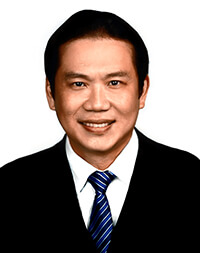
KL YAP is the General Manager of Metalor Technologies (Singapore) Pte Ltd’s Singapore Refining Business Unit. He joined Metalor in 2013, initially in Refining Sales. In 2014, he became Refining Business Unit Manager, leading the development of a new precious metal refinery. KL was Vice Chairman of SBMA from 2017 to 2021, now serving as Chairman. With a degree in business commerce, finance, and marketing, he brings prior experience from refinery and heavy industries.
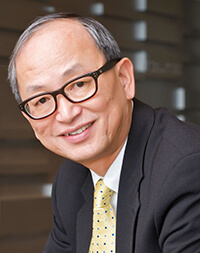
ALBERT CHENG is a gold industry veteran, with over 30 years working in the field in various capacities. He is currently the honorary CEO of SBMA and advisor to the World Gold Council and Shanghai Gold Exchange. Before his retirement in 2015, he spent more than 20 years at the World Gold Council, becoming managing director, Far East in 2003.
























